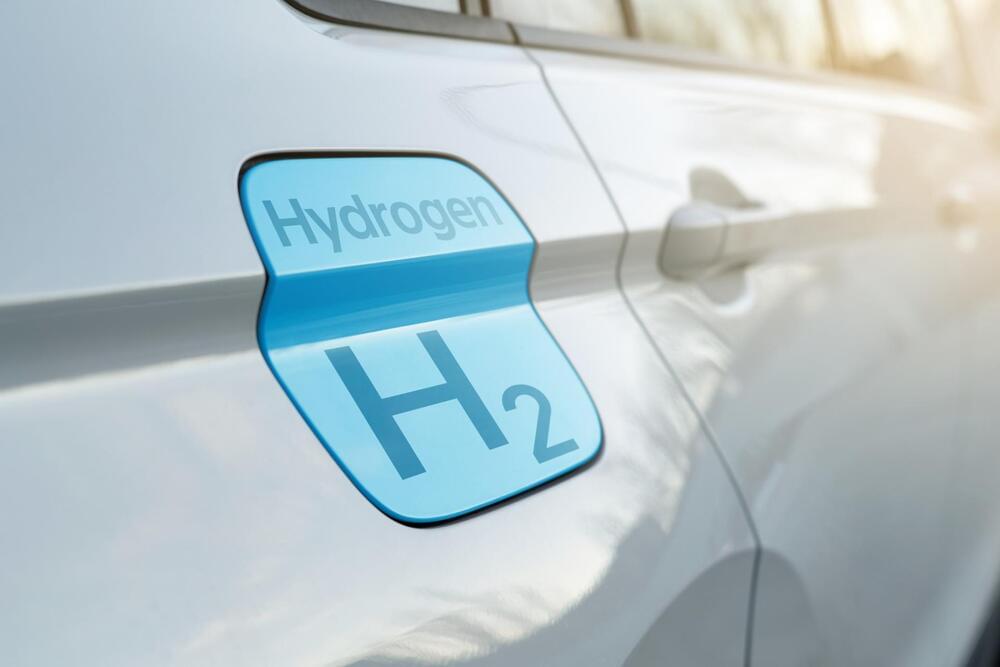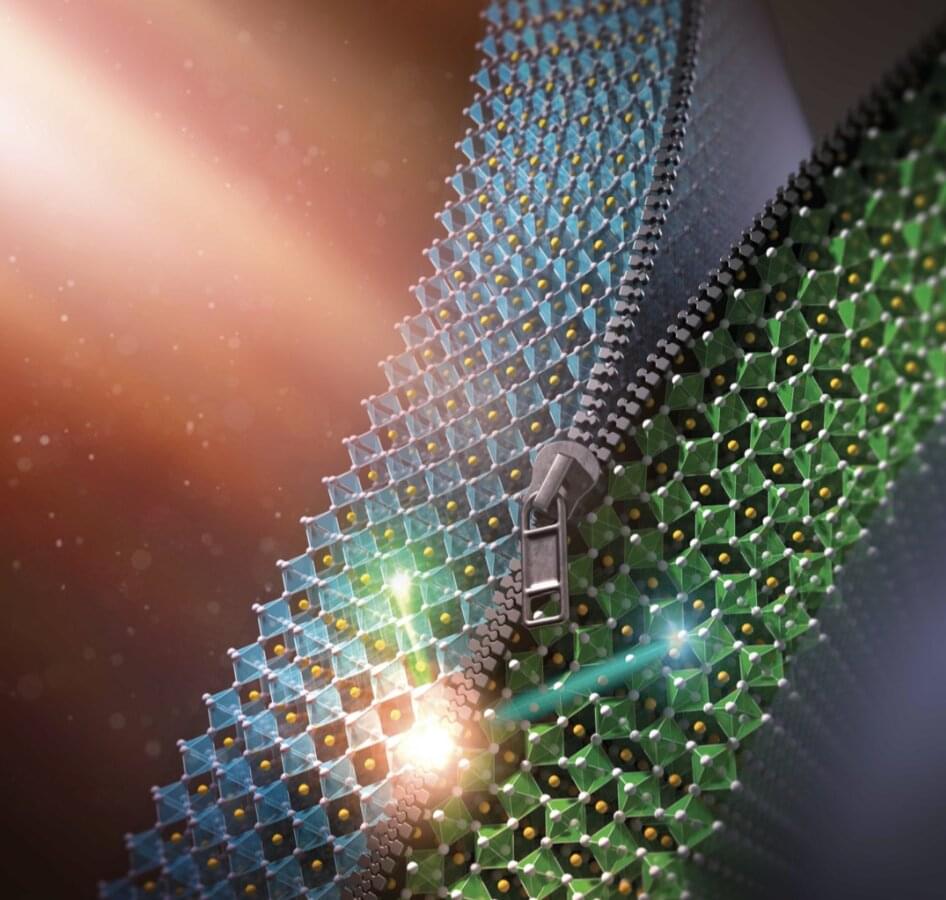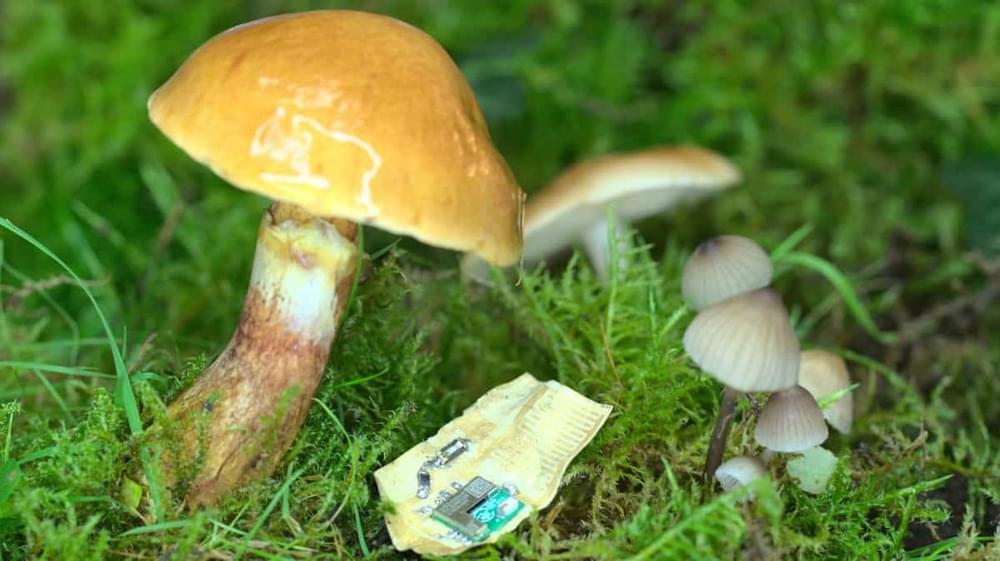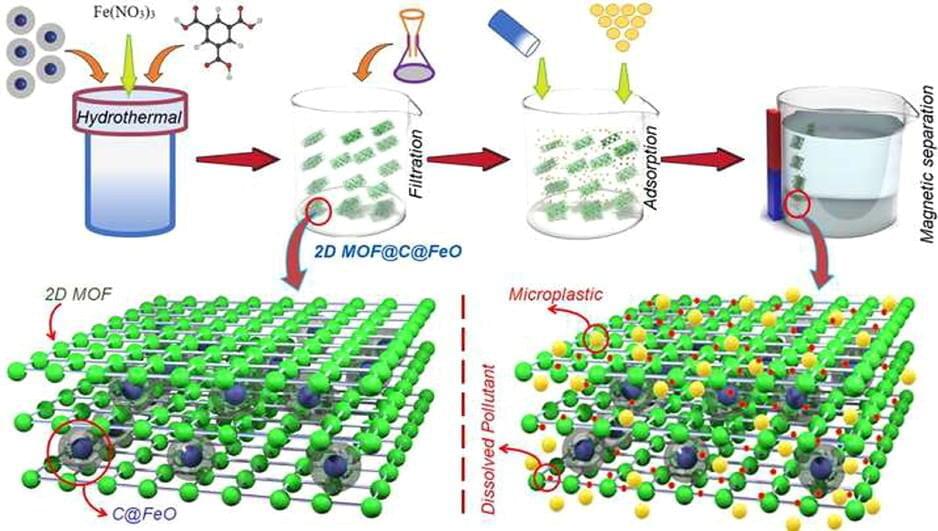Elon musk JUST REVEALED powerful dojo supercomputer that tripped the power grid!
🔔 Subscribe now with all notifications on for more Elon Musk, SpaceX, and Tesla videos!
Elon’s breaking inventions have always been taking over the internet and this time, yet again his latest invention has been making headlines and people are going crazy over it! Elon musk has just revealed the powerful dojo supercomputer that tripped the power grid!
But what exactly is this power grid? How does it help? What is Elon planning to do with it?
📺 Watch the entire video for more information!
#elonmusk #tesla #spacex.




